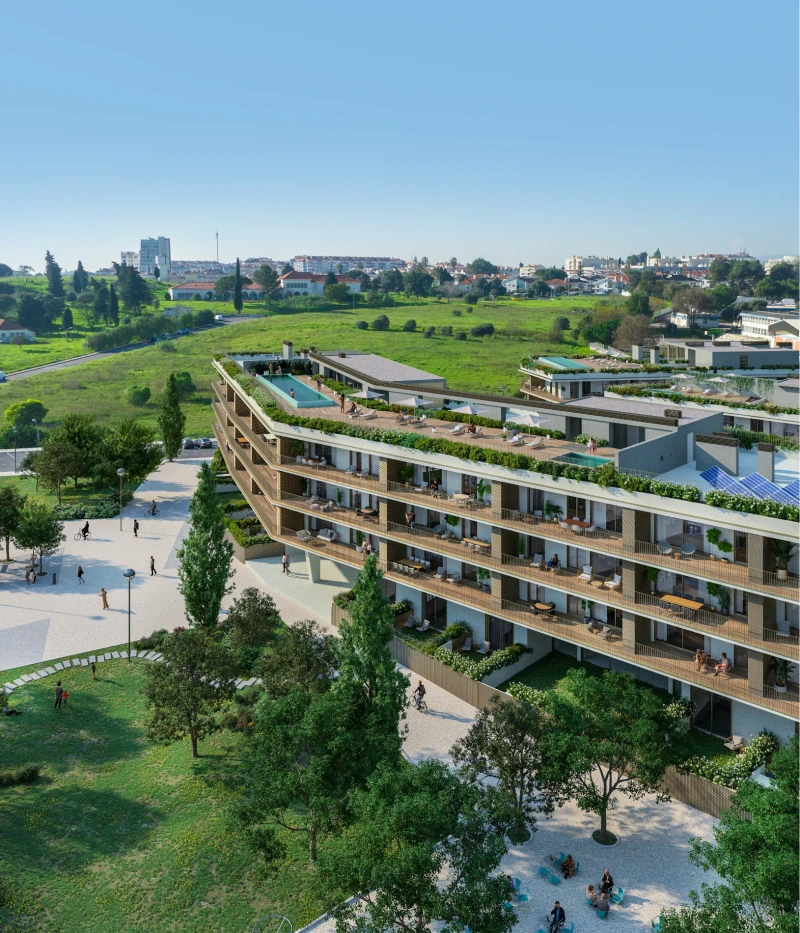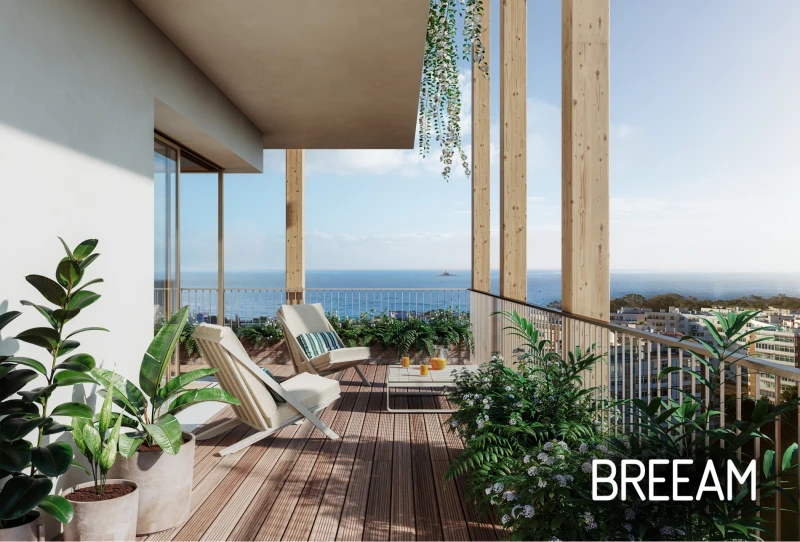Criterion Portugal invites you to connect with us.
Sustainable architecture is the answer to the ecological challenges of our time.
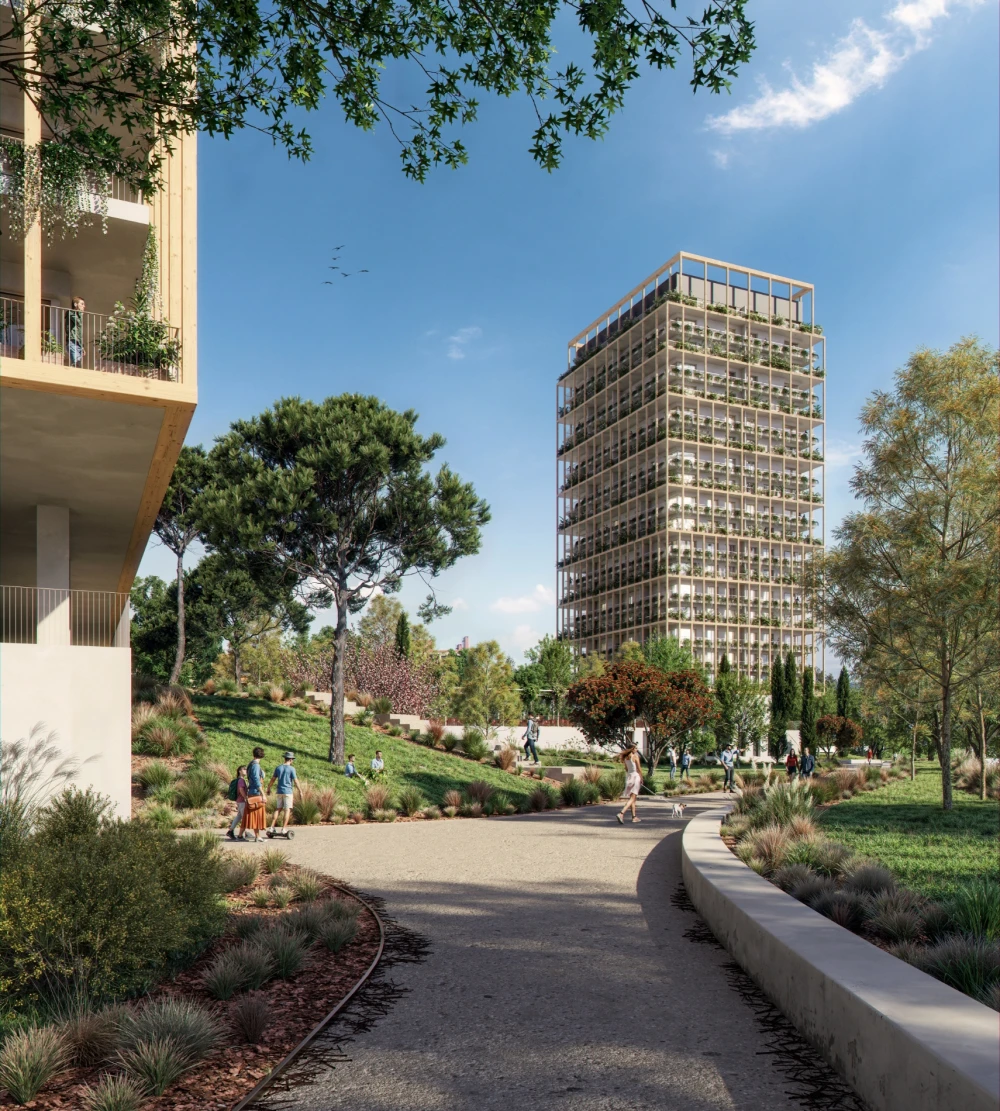
Respect the future. We have become accustomed to looking at architecture based on its results, the buildings, the houses, the palaces, the great works. We hear about respected architects, including some Portuguese, and about international awards.
1. Definition
We have become accustomed to looking at architecture based on its results, the buildings, the houses, the palaces, the great works.
We hear about respected architects, including some Portuguese, and about international awards. We classify architecture as art, due to its aesthetics and its interpretation of the lifestyle of each era.
Today, architecture also adapts to trends that not only shape our lifestyle, but also the major problems that arise from our way of living.
Sustainable architecture is the answer to the ecological challenges of our time.
We can define sustainable architecture as the process of creating, designing and constructing or renovating buildings that minimizes environmental costs and promotes a better quality of life, leveraging the resources that nature offers us.
It is not enough to say that we are building sustainable architecture. Just like for organic products, there are different certification systems that guarantee the procedures and materials used throughout the construction.
BREEAM, which originated in the United Kingdom and is used by Criterion, was the first to be developed for this purpose and is one of the most popular. The BREEAM system covers both the pursuit of zero carbon in buildings and the creation of healthy environments for people, taking care of thermal and acoustic comfort, adequate ventilation and air quality, thus promoting the well-being of the inhabitants of our developments.
The assessment dimensions are: energy, health and well-being, land use, materials, management, pollution, transport, waste and innovation.
LEED (Leadership in Energy and Environmental Design) is a certification program developed by the US Green Building Council and is one of the most widely used in the world. It evaluates buildings in 8 items, standing out for its focus on environmental and social sustainability.
There are many others originating in countries such as Japan, Australia, France or Germany, as well as several originating in the United States of America.
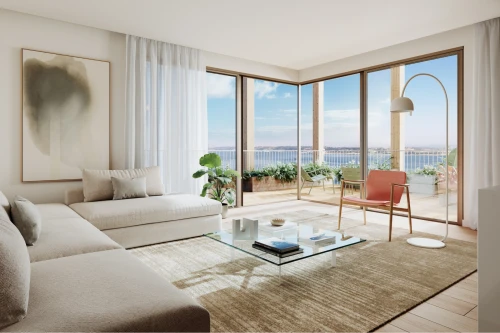
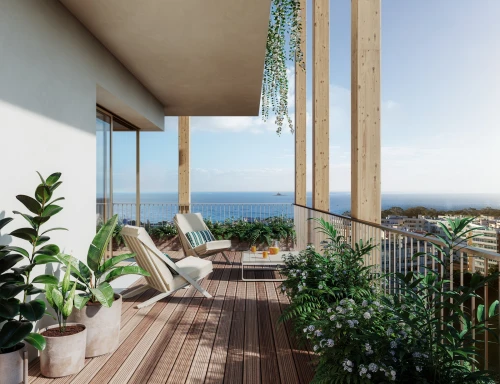
COMMERCIAL VALUE
We cannot fail to highlight the importance of sustainable architecture in enhancing the value of buildings.
A commercial value increasingly required by investors and end customers, as it meets one of today's greatest concerns – saving resources and reducing the carbon footprint, in addition to the durability of its maintenance.
In the end, we can always ask about the cost. How expensive is sustainability? This is a pertinent question and has two answers:
- The initial cost, according to international estimates, has, on average, an increase of 5%;
- In the short, medium and long term, the savings generated are more than worth it, both in terms of managing the common areas of buildings and in terms of individual homes or houses, due to the efficient use of energy, insulation, thermal comfort, water use and better integration with the surrounding environment.
2. The concept of Sustainability
Our common future
The concept of sustainability first appeared in 1987 in the report of the World Commission on Environment and Development, known as the Brundtland Report, a UN initiative that pointed out the imbalance between the consumption patterns in force at the time and sustainable development, that is, “that which meets the needs of the present without compromising the ability of future generations to meet their needs”.
The biggest problem we face today is precisely the compatibility of the well-being of societies and consumption with the existing resources to meet all the needs of their development.
To which we can also add the issues of pollution and the decline in biodiversity, which also jeopardize our common future.
Ensuring that natural resources will also be available for future generations is therefore the main purpose of sustainability, requiring an effort from all social actors – from organizations to individuals.
Given that the construction industry is one of the most resource-intensive and that buildings use 40% of the energy produced in the world, emit 40% of carbon emissions and use 20% of the existing drinking water in addition to waste, it is natural that sustainability has become a concern and even a duty for responsible builders.
In Portugal, the numbers are also overwhelming. Buildings account for 28% of energy consumed and 59% of electricity used.
The birth of the concept of sustainable architecture derives precisely from the awareness of its importance in ensuring the saving of natural resources, without compromising, or rather, promoting the comfort, well-being and health of populations and biodiversity.
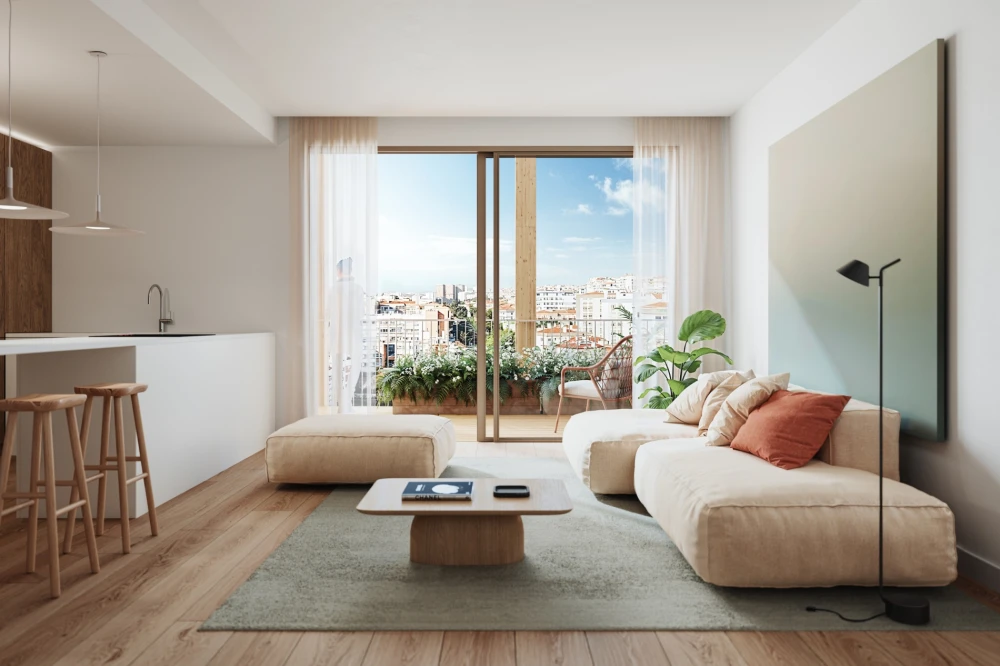
3. Some paths to sustainability in architecture
Sustainable architecture involves highly demanding planning that encompasses not only the building but also the construction site, so that resource savings begin right there.
Concerns about transportation and carbon footprint lead to a preference for local raw materials and materials. Waste is another problem that planning aims to reduce. This is also why prefabricated and modular systems are increasingly being used, which drastically reduce waste.
Making the most of what nature offers us
In buildings, the issue of energy saving was the first major focus, whether through the use of alternative energy sources such as solar energy or through careful insulation.
The use and arrangement of space in relation to the sun, an issue that varies according to the region where the buildings are located, aims primarily to save on heating or cooling homes, increasing their thermal comfort, but using less energy.
Thermal control is therefore a challenge that must be considered on a case-by-case basis. In sunny countries like Portugal, shading becomes an important issue.
Another dimension of sustainable architecture is the use of water for reuse, whether it is rainwater or water used in everyday life, particularly grey water (water used in the kitchen or bathroom). It will be used for irrigation, cleaning and flushing toilets.
The issue of materials used in the construction itself, whether to improve thermal control or the paints used on the interior, is another aspect to take into account. Non-polluting paints, formaldehyde-free wood and cork insulation are some examples of environmentally friendly materials that are extremely important for the health and well-being of the inhabitants and users of buildings, whether they are for residential or business use.
Sustainable architecture also involves the relationship with the surrounding environment and the promotion of biodiversity.
There are countless forms chosen.
Creation of green spaces and trees surrounding buildings that contribute to thermal balance and biodiversity, promoting the installation of pollinators and other small animals essential to the environment, in addition to being CO2 capturers.
The use of plants on roofs as an element that enhances insulation is a strategy that we see being used more and more, as well as the installation of plants on exterior walls that contribute not only to thermal comfort but also become a differentiating aesthetic factor.
And if sustainable architecture holistically addresses ecology, energy efficiency and functionality, it also has as its principle the promotion of health, comfort and well-being of the population, so the relationship with the surrounding environment is equally important, whether we are talking about cities or isolated houses in the countryside.
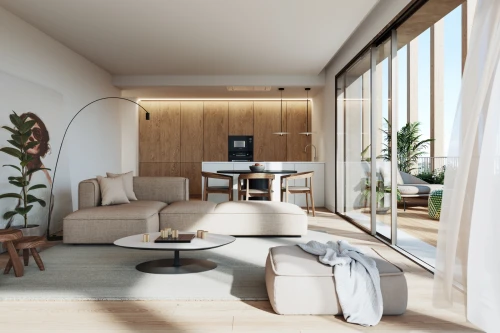
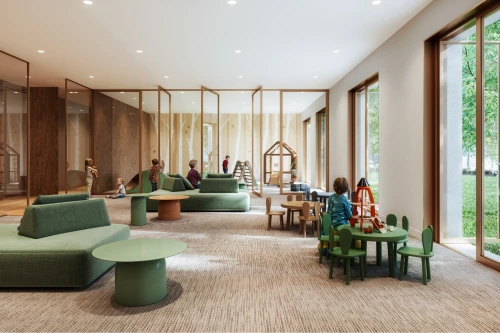
4. Different names for a single purpose
A quick search on the Internet shows us different approaches, different names for the same purpose: sustainable architecture, durable architecture, ecological architecture, eco-products, sustainable construction.
A concept that has a single purpose: to save the planet's and nature's resources so that they reach future generations, while improving our way of life and biodiversity.
